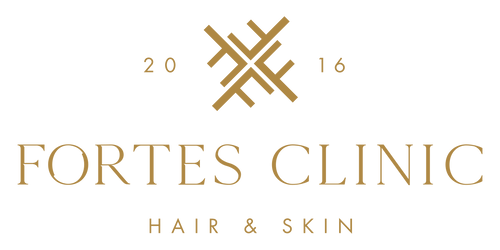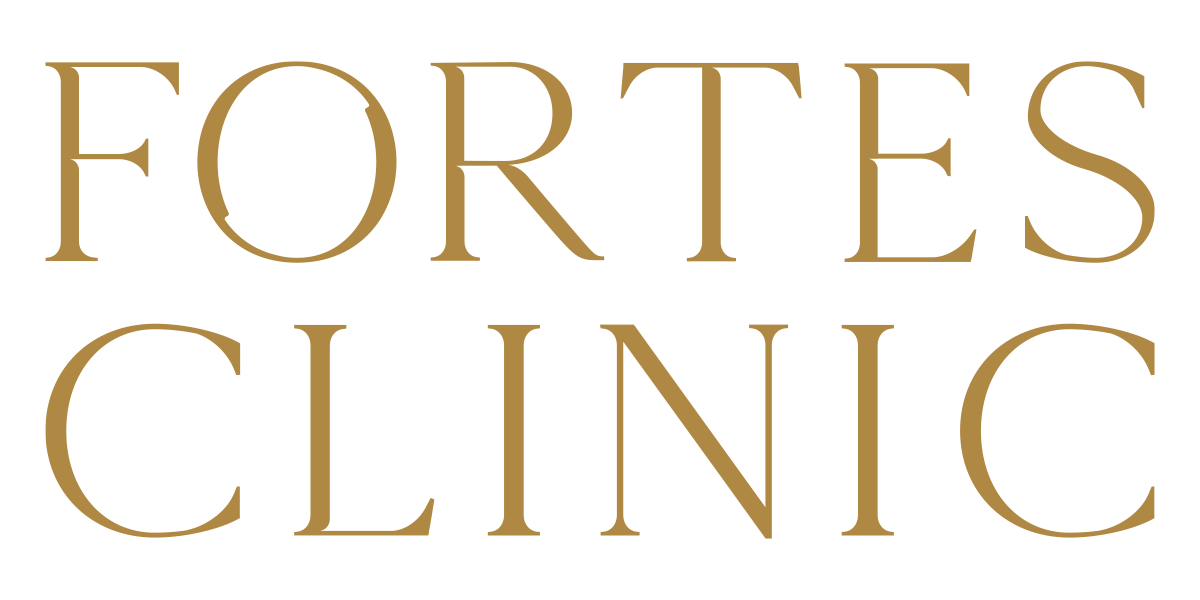Introduction
Sleep plays a vital role in healing after any surgical procedure, including a hair transplant. One of the most frequently asked questions by patients is, when can I sleep normally after hair transplant surgery? Ensuring you rest in a way that protects the newly implanted grafts is essential for the best possible outcome.
In this article, we’ll explain why sleep position matters, how long you need to take precautions, and when it’s safe to return to your regular sleep habits. We’ll also include some practical tips to support a smooth recovery.
If you haven’t already, you may find it helpful to read our guide on how a hair transplant works.
Why Is Sleeping Position Important After a Hair Transplant?
After a hair transplant, the implanted grafts are delicate and require time to anchor securely in the scalp. In the first few days post-surgery, sleeping in the wrong position can lead to dislodged grafts, increased swelling, or irritation.
To prevent pressure on the recipient area and minimise swelling, patients are advised to sleep with their head elevated, usually at a 30 to 45 degree angle. Using extra pillows or sleeping in a recliner helps keep the head elevated and protected.
Proper positioning also encourages lymphatic drainage, which can reduce puffiness around the forehead and eyes. Sleeping flat too soon may not only risk disturbing the grafts, but it can also prolong inflammation or discomfort.
When Can I Sleep Normally After Hair Transplant Surgery?
Most patients can return to their regular sleeping position around 7 to 10 days after the procedure. By this point, the grafts are typically stable and the risk of disturbing them is significantly reduced.
However, healing times can vary from person to person. Some individuals may need to continue sleeping with their head elevated slightly longer, especially if they’ve experienced swelling or had a large number of grafts implanted.
During this period, it is important to observe your scalp for any unusual tenderness, bleeding, or sensitivity. If you’re unsure whether you’re ready to sleep flat again, it’s always best to check in with your surgeon or care team for reassurance.
Tips for Sleeping Comfortably During Recovery
- Use a neck pillow: This helps keep your head stable and prevents accidental rolling during sleep.
- Sleep on your back: Avoid sleeping on your side or stomach to reduce contact with the recipient area.
- Protect bedding: Place a clean, soft towel over your pillow to catch any minor bleeding or discharge.
- Keep the room cool: A cool room helps prevent sweating, which can irritate the scalp.
- Avoid distractions: Wind down properly before bed to improve sleep quality during your recovery.
These simple steps will help protect your grafts while promoting quality rest.
For additional recovery guidance, see our article on hair transplant recovery time.
What Happens If I Accidentally Sleep on the Grafts?
Many patients worry about moving during the night and unintentionally disturbing the grafts. Light contact or brief pressure is unlikely to cause major issues, especially after the first few days. However, consistent pressure or scratching can disrupt the healing process.
If you think you’ve affected the grafts, contact your clinic for advice. At Fortes Clinic, we offer post-operative support and guidance to ensure you feel confident during recovery.
It’s helpful to remember that the body is generally resilient, and a momentary lapse in positioning doesn’t automatically mean the procedure’s success is at risk. That said, being cautious is still advised until healing is complete.
How Sleep Affects Overall Recovery and Hair Growth
Quality sleep is crucial not only for graft protection but also for overall recovery. During sleep, the body produces essential hormones and proteins involved in tissue repair and immune function. A well-rested body is better equipped to heal quickly and grow healthy new hair.
Lack of sleep or disrupted rest can lead to higher stress levels, which may negatively impact the healing process. Ensuring consistent, uninterrupted sleep can therefore play a valuable role in supporting optimal hair transplant results.
To encourage deeper rest, consider reducing screen time before bed, eating a light evening meal, and maintaining a consistent sleep routine. These practices promote natural recovery and complement your post-transplant care.
Other Helpful Sleeping Accessories During Recovery
Some patients benefit from additional tools that support safe and comfortable sleep. For example, wedge pillows can help maintain the correct elevation of the head. Cooling gel pads can be placed beneath pillowcases to regulate temperature and reduce sweating.
It’s also a good idea to wear a clean, breathable headband if recommended by your clinic. This can help reduce swelling and protect the scalp from friction. Avoid using heavy or textured blankets that might press against the treated area.
A clean sleeping environment is just as important. Change pillowcases regularly and avoid lying down with damp hair or a sweaty scalp. Gentle, breathable fabrics are best for recovery.
Long-Term Sleep Habits
Once the critical recovery period is over, you can resume sleeping in any position that feels natural. There is no need for long-term changes to your sleep routine. Maintaining good overall sleep hygiene, such as sleeping in a dark, quiet environment and avoiding screens before bed, can also support general recovery and hair growth.
Long-term sleep routines that prioritise comfort and restfulness are especially important for sustaining not just hair health but overall wellbeing. Keeping your scalp healthy through regular washing, hydration, and a healthy lifestyle will also help maintain your transplant results.
Conclusion
So, when can I sleep normally after hair transplant surgery? In most cases, you can return to your usual sleeping position within 7 to 10 days. During the initial healing phase, taking extra care while sleeping protects your grafts and promotes a smooth recovery.
At Fortes Clinic, we provide full aftercare support to guide you through every step of your hair restoration journey. If you have questions or concerns, our team is here to help you sleep easy, literally and figuratively.



